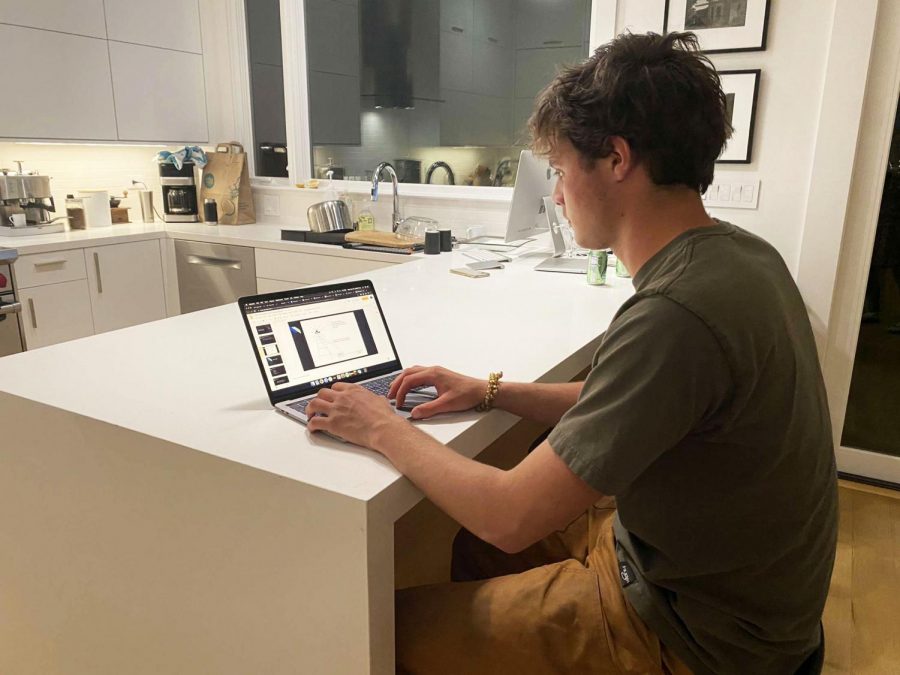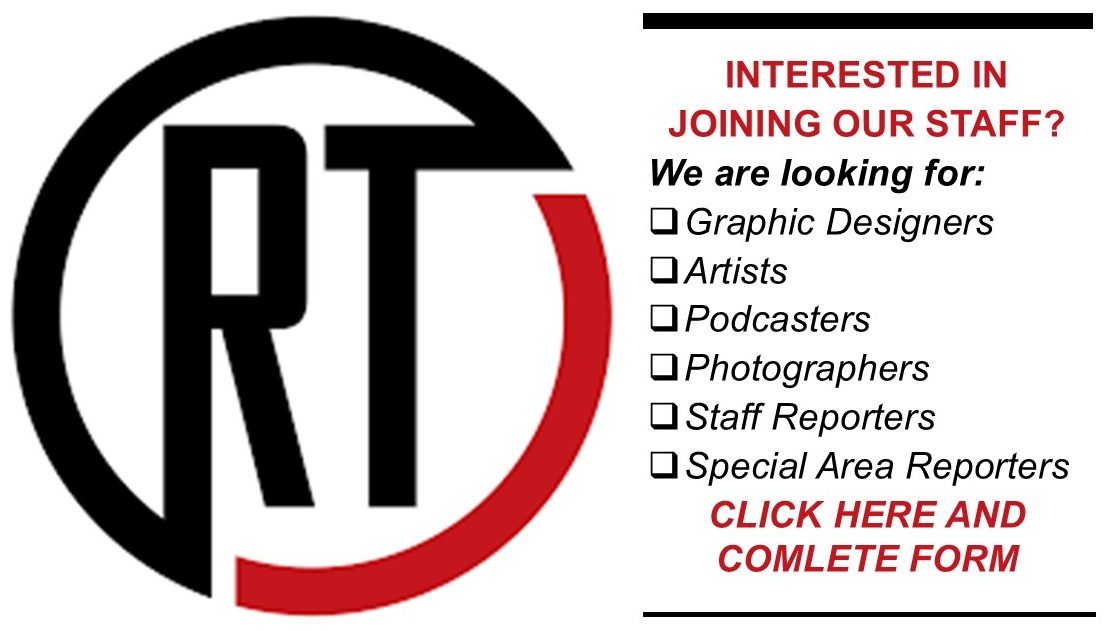Program builds problem-solving skills
Participants design original solutions
Senior Miles Raneri works on a diagram for his Design to Action project, which is a portable wind power generator. The D2A program began in 2018 and aims to help students develop the design skills they need to identify and develop a solution to a problem related to technology and sustainability.
March 26, 2021
An independent study program is empowering students to identify a problem and work collaboratively and individually to develop solutions.
“Creating the Design to Action program was an effort to combine students’ passions and ideas for solutions with design thinking and entrepreneurialism in an effort to promote our students to affect change now,” computer science teacher Liam Carey, who leads the initiative, said.
Carey says he founded the program to intertwine real-world issues with his classes.
“I’ve been working for a long time on finding ways to move education forward by attempting to make it resemble the world outside the classroom,” Carey said. “This has come to mean making each student’s education more individualized, relevant, interesting, hands-on and cross-curricular.”
Students in the Design to Action program attend monthly cohort meetings while also having individual meetings with the program directors to check in on their progress on their projects.
“Being able to meet with all the students in the D2A program has helped my motivation to solve my individual challenge,” junior AP Pang said. “I get to see peers who have similar goals in creating change in the world.”
Pang, who participated in D2A during his sophomore year, is spending this school year researching mealworms and their effectiveness in breaking down styrofoam. He says he is in the process of addressing the issues of food deserts and their effects on low-income communities.
“Last year I was very interested in researching ways to promote sustainable food consumption when it comes to eliminating waste,” Pang said. “This year I have found another topic of research as I am curious in ways in which communities like ours can limit food waste.”
Participants say the program helps them to begin pursuing their career interests while still in high school.
“I have been designing and building things my whole life,” senior Miles Raneri said, “and this program has given me the opportunity to build some of the skills I would need to make this interest into a career.”
Raneri says he is using his interest in sailing to develop a portable means of producing electricity through wind power.
“My project is a wind-powered solution that’s both ultra-portable and cost-effective,” Raneri said. “It can be sent to disaster zones and places without access to electricity.”
Design to Action leaders say that implementing ideas of resolving global challenges will help build a well-rounded curriculum for all students.
“I believe strongly that education is the potential first step to addressing the countless issues our nation is facing,” Carey said. “Ignorance and complicitness are the key culprits in these areas, and our youth have the right to a modern, effective education that consistently weaves these issues into the curriculum.”







